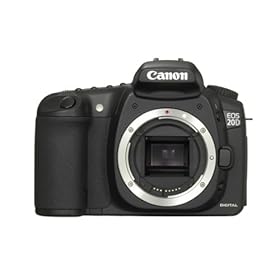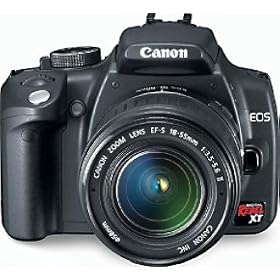
CANON U.S.A.’S NEW FEATURE-RICH POWERSHOT A-SERIES DIGITAL CAMERAS HELP USERS UNLEASH THE PHOTOGRAPHER WITHIN, WHILE ALSO APPEALING TO SAVVY SHOPPERS
LAKE SUCCESS, N.Y., August 20, 2007 – Canon U.S.A., Inc. today announced two new PowerShot A-Series digital cameras, including one with the highest resolution in the series to-date – the show-stopping 12.1-megapixel PowerShot A650 IS digital camera – and the powerful 8.0-megapixel PowerShot A720 IS digital camera. These new cameras continue the promise of the PowerShot A-Series by delivering superior image quality at a great price.







 OPTICAL IMAGE STABILIZATION (OIS)
OPTICAL IMAGE STABILIZATION (OIS)




 The Canon EOS Rebel XT is an 8.0-megapixel entry-level digital single-lens reflex camera. The Rebel XT is an upgraded version of the popular Canon EOS Digital Rebel, which was the first sub-$1000 digital SLR, introduced in 2003. The differences between the Rebel XT and the original Digital Rebel are significant and are present in almost all aspects of the camera. Many of the features ‘locked out’ by Canon in the original Digital Rebel were unlocked in this camera, so it has been subject to less unofficial ‘hacking’ to release the locked features. In addition to these unlocked features, a number of other improvements have been made. Some of the most significant upgrades include:
The Canon EOS Rebel XT is an 8.0-megapixel entry-level digital single-lens reflex camera. The Rebel XT is an upgraded version of the popular Canon EOS Digital Rebel, which was the first sub-$1000 digital SLR, introduced in 2003. The differences between the Rebel XT and the original Digital Rebel are significant and are present in almost all aspects of the camera. Many of the features ‘locked out’ by Canon in the original Digital Rebel were unlocked in this camera, so it has been subject to less unofficial ‘hacking’ to release the locked features. In addition to these unlocked features, a number of other improvements have been made. Some of the most significant upgrades include: